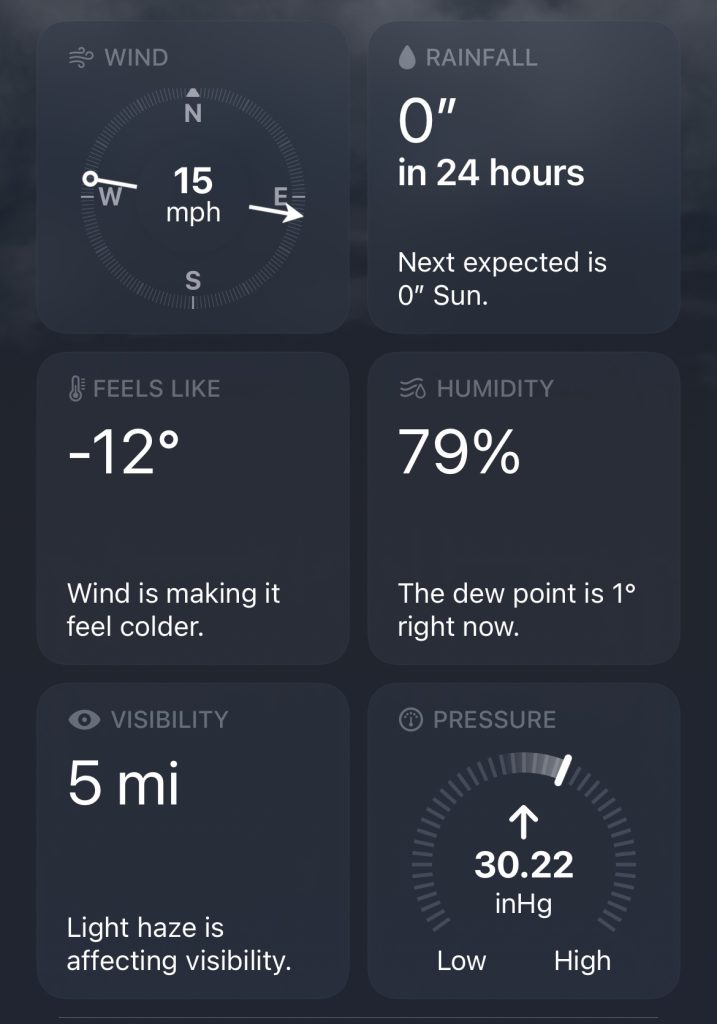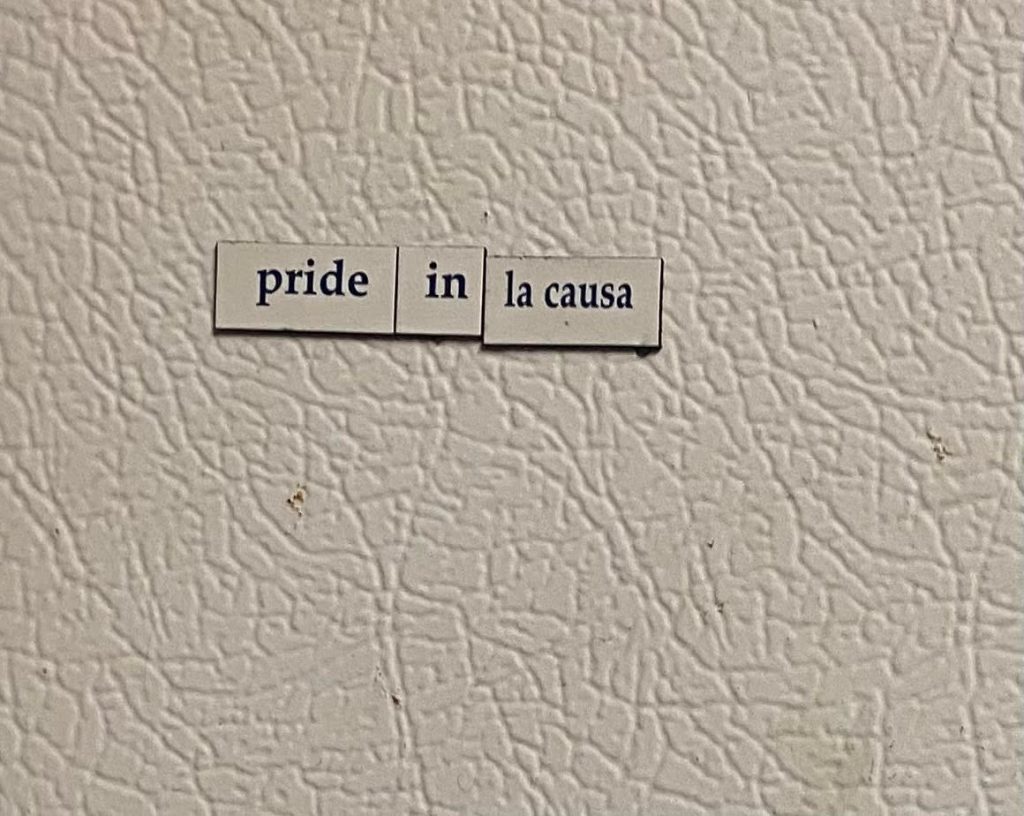Day one in Falfurrias was cold, grey, and windy with temperatures in the low 40’s. It was not the warm weather our team was hoping for in South Texas, but I don’t think any of us could complain much since the current temperature back in Indianapolis is in the single digits.

Despite the chilly conditions, everyone was excited for the new opportunities to come. In preparation for the long field day ahead, we made a mandatory return trip to Whataburger for their tasty breakfast taquitos (Highly recommend the potato option: 10/10). Feeling refueled by bacon, potato, and eggs, we headed off to the South Texas Human Rights Center (STHRC) to meet up with Eddie Canales. Upon arrival, Eddie gave us a brief introduction into the history and objectives of the center and the many changes that have occurred since the previous UIndy Beyond Borders team visited in January 2020. One of the topics that really stood out to me from his talk was how the COVID pandemic has affected the border crisis from both a socioeconomic and political viewpoint. While the pandemic has altered the landscape dramatically, the numbers of migrants still making the dangerous trip across the border remains constant. Overall, these interactions have really put into perspective the many complexities of humanitarian work at the local, state, and national levels. Despite the recent success of STHRC over the past decade, Eddie emphasized that there is still a long way to go in raising awareness about basic human rights and making meaningful changes in immigration policy.
Below are a few different pictures from inside the South Texas Human Rights Center.


The second half of the day, our team worked with Brooks County Sheriff Deputy Don White and his fellow members from the Remote Wildlands Search and Recovery nonprofit organization in search and recovery efforts of missing migrants. We conducted systematic line searches at three different sites of a ranch previously unsearched by the UIndy forensics team. As expected, the ranch terrain was very treacherous and unforgiving. Fortunately, due to the colder weather, insect activity was not present, which allowed walking through the high grasses somewhat friendlier. After several hours of searching the brush, there was no clear signs of recent migrant activity. Although our team didn’t see much in terms of human activity in the area, we gained invaluable first-hand experience and knowledge into the physical and mental barriers that migrants face when traversing these ranches. It was a frightening and sobering thought to learn how easy it was to get turned around and end up going in circles. One final lesson I learned from today was that overcoming the unexpected challenges is tackled with effective communication, which are team did really well in. With day one completed, I am looking forward to getting some much-needed rest before continuing our searches tomorrow.


